Inspiring Home Office Ideas: Design Tips for Boosting Productivity
With more of us working from home than ever before, your home office isn't just a spare room anymore. It's your daily hub for productivity and inspiration. But designing a motivating home office that’s also visually appealing isn’t easy. This guide is here to help, packed with practical home office ideas and expert design tips to transform your workspace.
In short…
- Embrace Nature: Allow plenty of natural light, plants, and nature-inspired colour schemes for a calm and creative home office design.
- Ergonomic Support: Balance functionality and style with adjustable chairs and desks, careful placement of monitors, smart storage, and cable management.
- Design Inspiration: Look to icons like Florence Knoll who pioneered integrated, functional design solutions for modern living and working spaces.
 Image Source: Stocksy.
Image Source: Stocksy.
The Importance of Inspiring Home Office Design
Designing your home office demands a different approach from any other room in your home. It's all about balancing comfort, style, and professionalism. The result? Tangible benefits to your productivity, focus, and overall well-being.
- Boosts Productivity & Focus: A well arranged, aesthetically pleasing space reduces distractions and promotes performance and concentration.
- Enhances Well-Being: Natural light, clear spaces, and comfortable ergonomics reduce stress and improve mental clarity.
- Confidence & Control: When you get to design your own space, you feel totally in charge. It's built for your needs, meaning you'll work much more efficiently.
- Inspires Creativity: Productive home office layouts and personal touches can spark inspiration and turn your workspace into a real ideas factory!
 Image Source: Stocksy.
Image Source: Stocksy.
Home Office Ideas for Enhancing Productivity
Now that we've seen why a great home office matters, let's dive into some practical design elements and home office productivity tips.
Lighting
The Human Spaces global study found that 42% of those surveyed felt that soft, natural light was the most desirable and important part of a productive workplace. Ready to brighten your space? Here are our top design tips.
- Ambient Lighting: For soft, even illumination, use ceiling lights with dimmers or soft floor lamps for adjustable brightness. This can reduce eye strain throughout the day.
- Task Lighting: Add a brighter, more focused source of light for reading or typing. Adjustable desk lights and LED lamps with movable arms are ideal.
- Accent Lighting: Adds depth and great for spotlighting design features or hung frames. Consider spotlights, LED strips, or wall sconces as accent lighting sources.
- Natural Light: {Maximise|Maximize) daylight by positioning your desk near windows. Use sheer curtains or blinds to soften glare and combine with anti-glare screen films if needed.
- Smart Lighting: Allows customisable intensity and colour temperature via apps. Smart bulbs can support focus and energy throughout your workday.
Design Tip: Always position your lighting to minimise screen glare and harsh shadows behind you. This simple adjustment is key to preventing eye strain and headaches!
Ergonomics
Ergonomic furniture can improve work efficiency by up to 35% and a good chair/desk combination can significantly reduce discomfort and injury risks. Here are some smart ideas for a supportive home office.
- Ergonomic Chair: Invest in a high-quality, adjustable chair with lumbar support for healthy posture and reduced back pain.
- Adjustable Desk: Use a sit-stand desk to alternate between sitting and standing, keeping forearms parallel to the floor when typing.
- Monitor Placement: Position your monitor at eye level and an arm's length away to minimise neck and eye strain.
- Optimal Lighting: Ensure good lighting (natural and task) to reduce eye fatigue and enhance focus, avoiding glare.
- Movement & Layout: Arrange items within easy reach and incorporate regular reminders to stand or stretch.
Design Tip: A productive home office layout ensures frequently used items are within arm’s reach to prevent straining, twisting, or stretching.
Storage Solutions
Did you know the average person spends 4.3 hours a week dealing with clutter? To reclaim your time and reduce stress, here are our top design tips for seamless storage solutions.
- Modular Systems: Use customisable cabinets and shelving that adapt to your needs and ensure a tidy look and feel.
- Under-Desk Units: Mobile pedestals or drawer units keep essentials hidden, close at hand, and free up your floor space.
- Vertical Storage: Install wall shelves or mounted cabinets to free up desk and floor space, making your office feel more open.
- Closet & Nook Conversions: Transform underused spaces like closets or alcoves into hidden "cloffice" work zones.
Design Tip: Beyond just storing items, think about visual lightness. Choose built-in or flush storage solutions that blend with your existing furniture for a calm, uncluttered space.
 Image Source: Graduated #IDIstudent Kelly Donougher from @13interiors.
Image Source: Graduated #IDIstudent Kelly Donougher from @13interiors.
Tech Setup
Your tech is at the heart of your home office, but it can also be a major source of visual clutter and distraction. Here's how smart design can integrate your gear and boost your productivity.
- Elevate & Coordinate Monitors: Use monitor arms or wall mounts to free up desk space and maintain a clean look, choosing finishes that blend with your decor.
- Streamlined Desk & Glare Control: Position your screens carefully, ensuring they face away from windows to minimise glare.
- Aesthetic Cable Management: Conceal wires with under-desk trays or use decorative baskets and boxes to hide power strips and chargers.
- Acoustic Comfort: Incorporate soft furnishings like rugs or acoustic wall panels to dampen sound, enhancing focus and improving call clarity.
- Minimalist Tech Integration: Keep surfaces around your tech clutter-free, using hidden storage to maintain a serene and distraction-free workspace.
Design Tip: We're big fans of a cosy office nook! Picture a warm wood desktop, mounted monitor, and an under-desk power strip neatly hidden in a minimalist cable tray. Just add a leafy plant and some abstract artwork to bring it all to life!
Colour Schemes
62% of workers feel their productivity would improve with changes to their office colour scheme. Here are some top ideas for creative home office design.
- Blue for Focus & Calm: Choose soft to steel blues on walls or as accents to support concentration and emotional balance.
- Green for Well-being & Concentration: Use nature-inspired greens like sage or olive to create a Zen vibe, reduce stress and aid focus.
- Yellow for Creativity: Incorporate pale or muted yellow as small accents in creative zones to stimulate your thinking.
- Red & Orange for Energy: Use these sparingly as bold accents (like a chair or lamp) to provide some bursts of energy and alertness.
- Balance with Neutrals: Pair vibrant colours with warm whites, soft greys, or beiges to prevent visual overload and maintain flexibility.
Design Tip: Elevate your space by adding personal colour touches and using distinct colour zones to define different work functions. It’s all about blending your design preferences with your ways of working.
 Image Source: Stocksy.
Image Source: Stocksy.
Creating an Aesthetic That Sparks Creativity
Sure, functional home office design ideas can help you get the job done. But what about those real 'aha!' moments? Real innovation often comes from a space that sparks your imagination. Here's how to design an aesthetic that fuels your creativity.
Design Styles
Find some home office decor inspiration in these iconic movements and their most celebrated designers.
- Modern: Clean lines, simple forms, and uncluttered surfaces promote a sense of order and clear thinking, echoing the “less-is-more" approach of masters like Mies van der Rohe.
- Minimalist: Focus on essential elements and open space to reduce visual distractions and support flow states and deep work, inspired by designers such as John Pawson.
- Industrial: Incorporate raw materials like exposed brick or metal accents for an edgy, authentic feel that can spark creative problem-solving, reminiscent of Jean Prouvé's functional designs.
Personalisation
- Inspiring Art & Objects: Display artwork, photos, or meaningful mementos with personal significance to spark your imagination.
- Greenery & Natural Elements: Incorporate plants or natural materials to bring a calming, biophilic touch. It’s proven to enhance well-being and creativity.
- Motivational Cues: Integrate motivational quotes, vision boards, or affirmations to keep your goals top of mind.
- Curated Collections: Arrange small, meaningful collections or unique decorative pieces that reflect your passions and make the space your own.
Textures and Materials
- Warmth of Wood & Natural Elements: Incorporate wooden accents, cork, or natural stone for a grounding feel and inviting warmth.
- Soft Furnishings for Comfort: Add rugs, cushions, and drapes to enhance comfort, absorb sound, and create a cosy atmosphere.
- Textural Balance: Mix smooth surfaces (like metal and glass) with rich textures (woven fabrics, chunky knits) for visual interest and depth.
- Biophilic Connection: Use materials that evoke nature, creating a sense of calm and well-being in your workspace.
 Image Source: Graduated #IDIstudent Shivani Gounder from @madison.interiors_.
Image Source: Graduated #IDIstudent Shivani Gounder from @madison.interiors_.
Your Home Office: A Space for Work, Wellness, and Productivity
The most compelling home office ideas are not just about where we work, but how. They anticipate our need for comfort, creativity, and connection, grounded in nature, technology, and personalisation.
As a budding interior designer, your role is to blend light, colour, ergonomics, and smart storage solutions to create spaces that don't just look good, but allow you to thrive exactly as you are and evolve as your work does.
 Image Source: Graduated #IDIstudent Nikki Astwood.
Image Source: Graduated #IDIstudent Nikki Astwood.
Continue Your Journey with The Interior Design Institute
Looking for more expert design ideas? Learn how to transform any space, including your home office, by enrolling in a Certificate or Diploma course at The Interior Design Institute. Whether you’re an aspiring professional or looking to develop your skills as a hobbyist, start by downloading our course prospectus today!
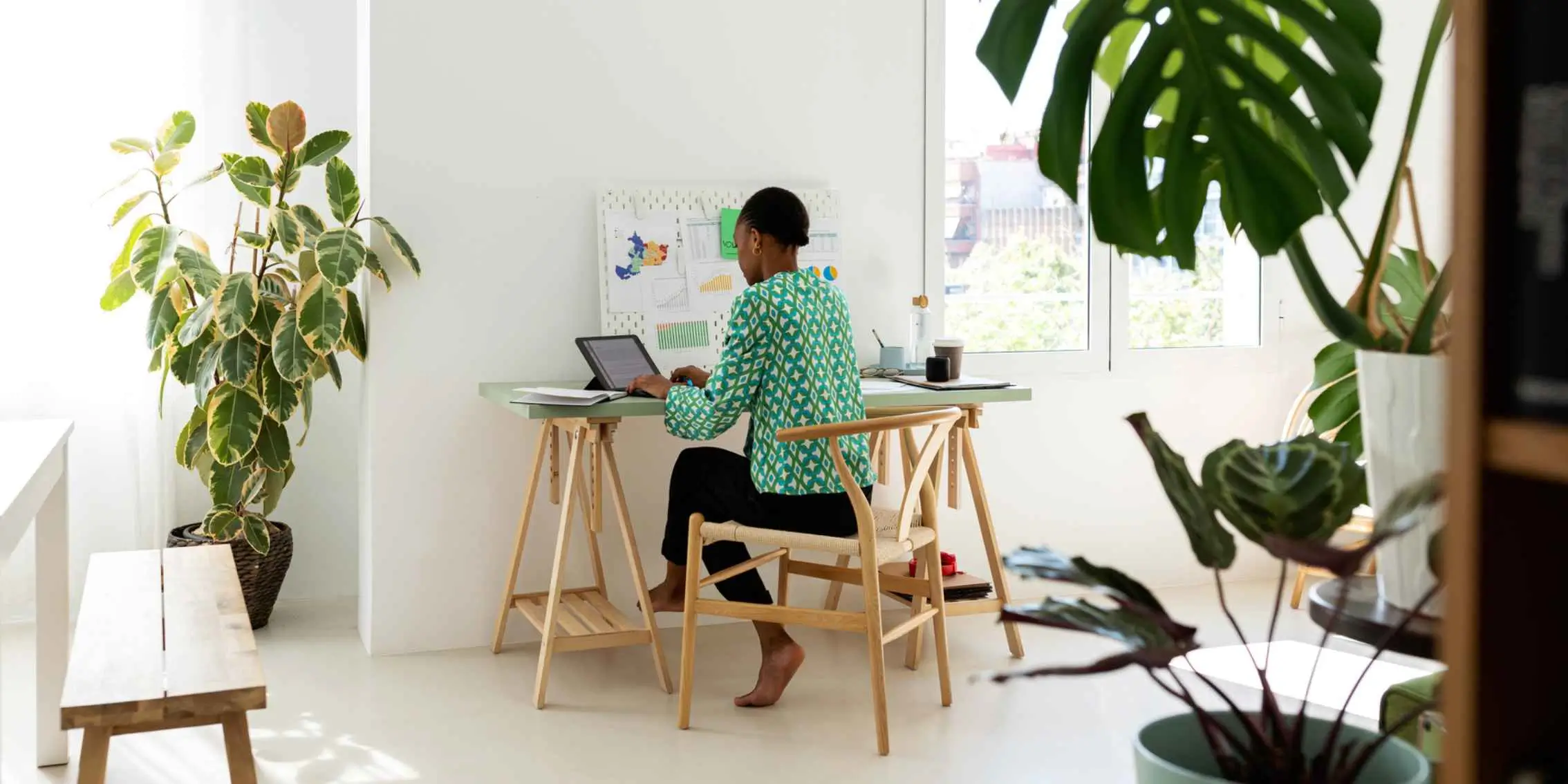 Image Source: Stocksy.
Image Source: Stocksy.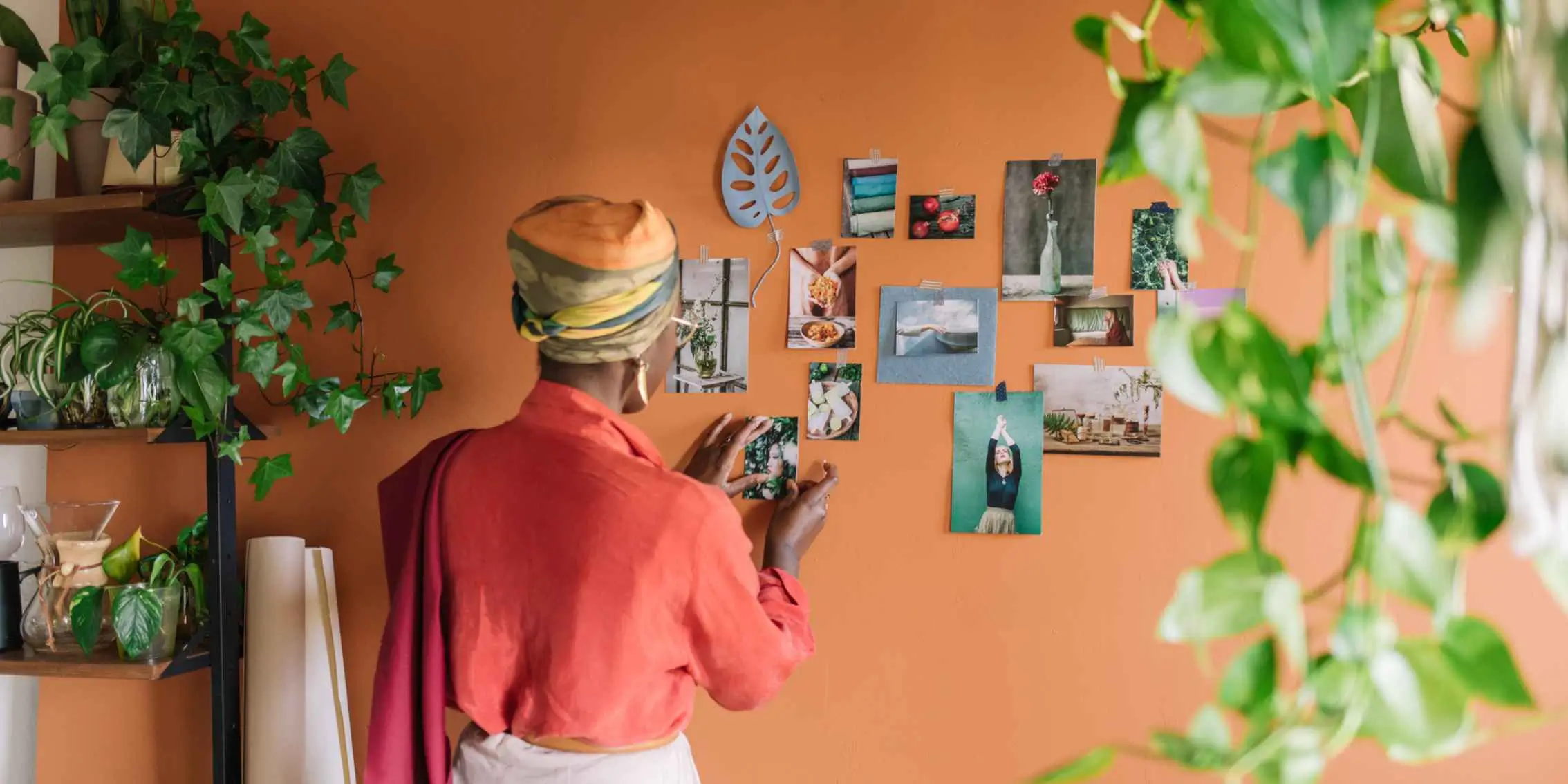 Image Source: Stocksy.
Image Source: Stocksy.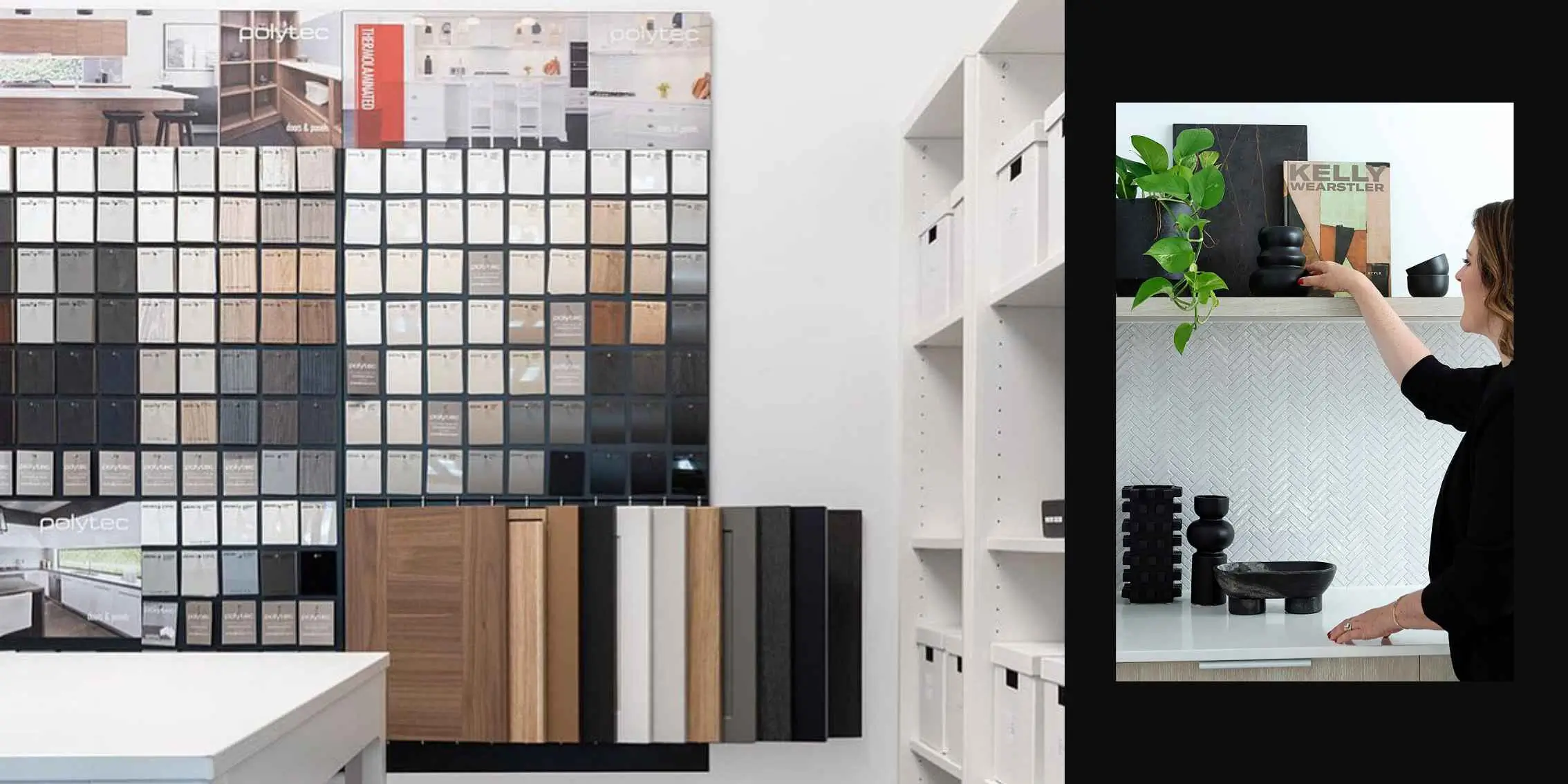 Image Source: Graduated #IDIstudent Kelly Donougher from @13interiors.
Image Source: Graduated #IDIstudent Kelly Donougher from @13interiors.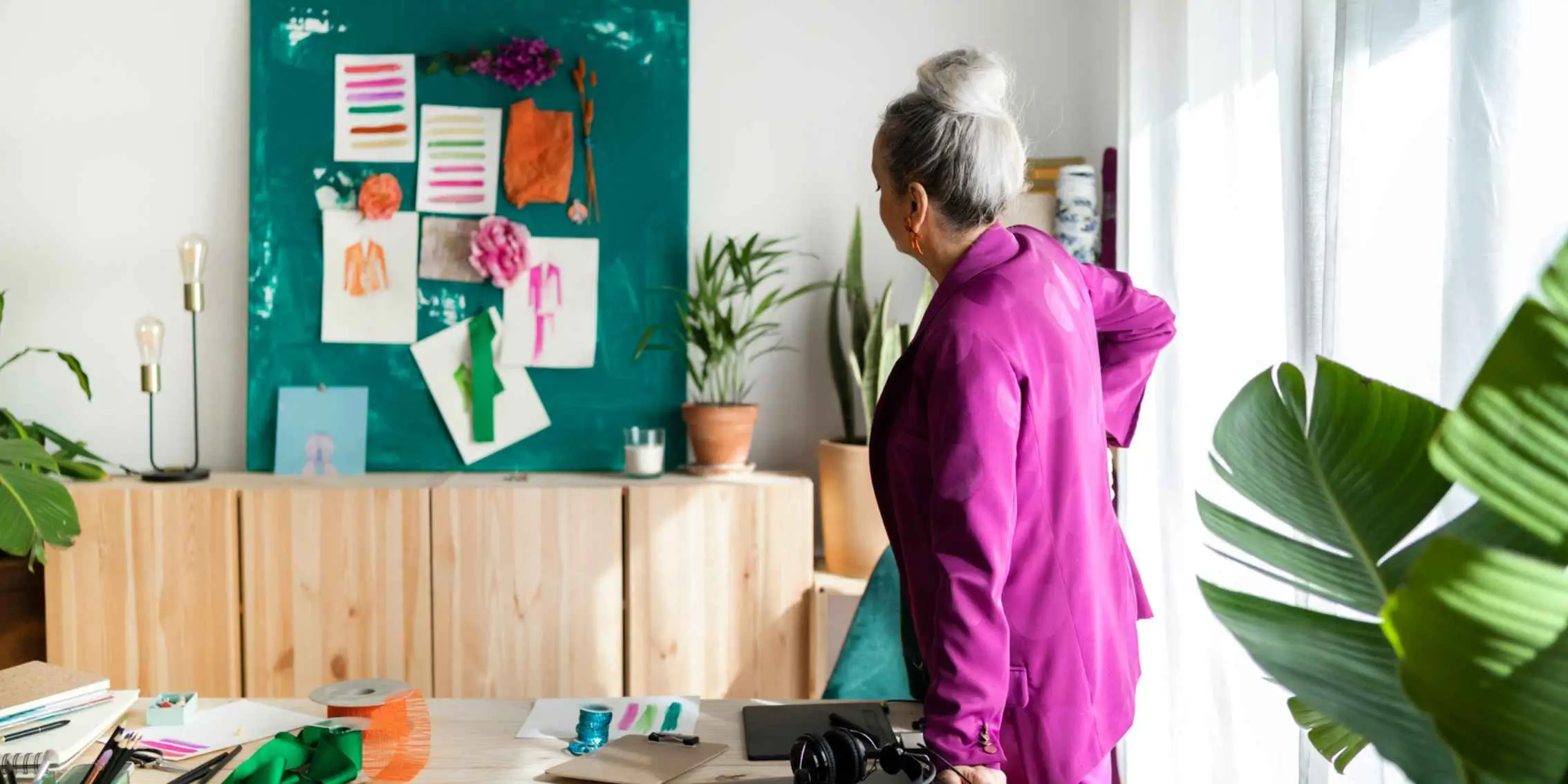 Image Source: Stocksy.
Image Source: Stocksy.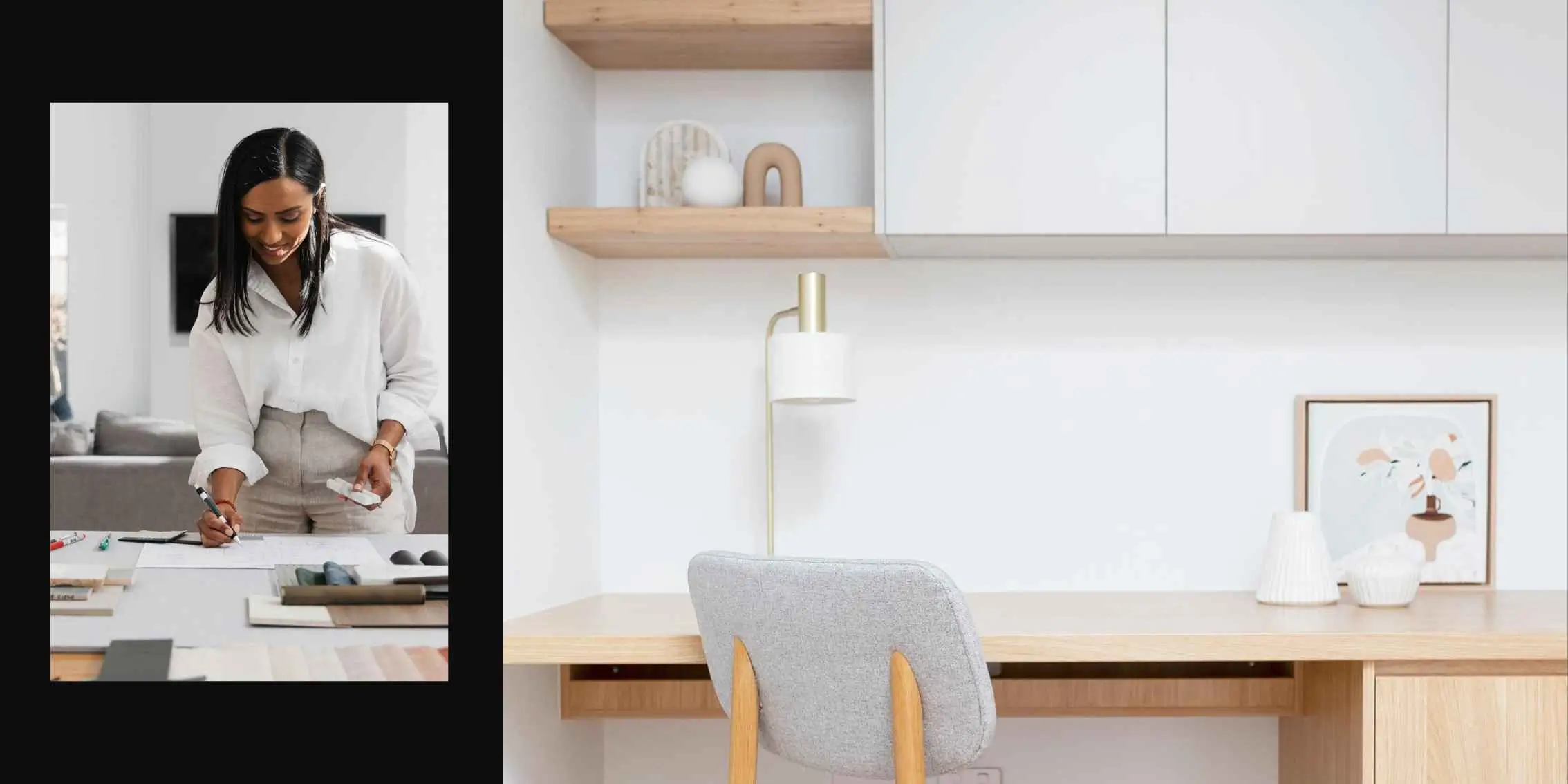 Image Source: Graduated #IDIstudent Shivani Gounder from @madison.interiors_.
Image Source: Graduated #IDIstudent Shivani Gounder from @madison.interiors_.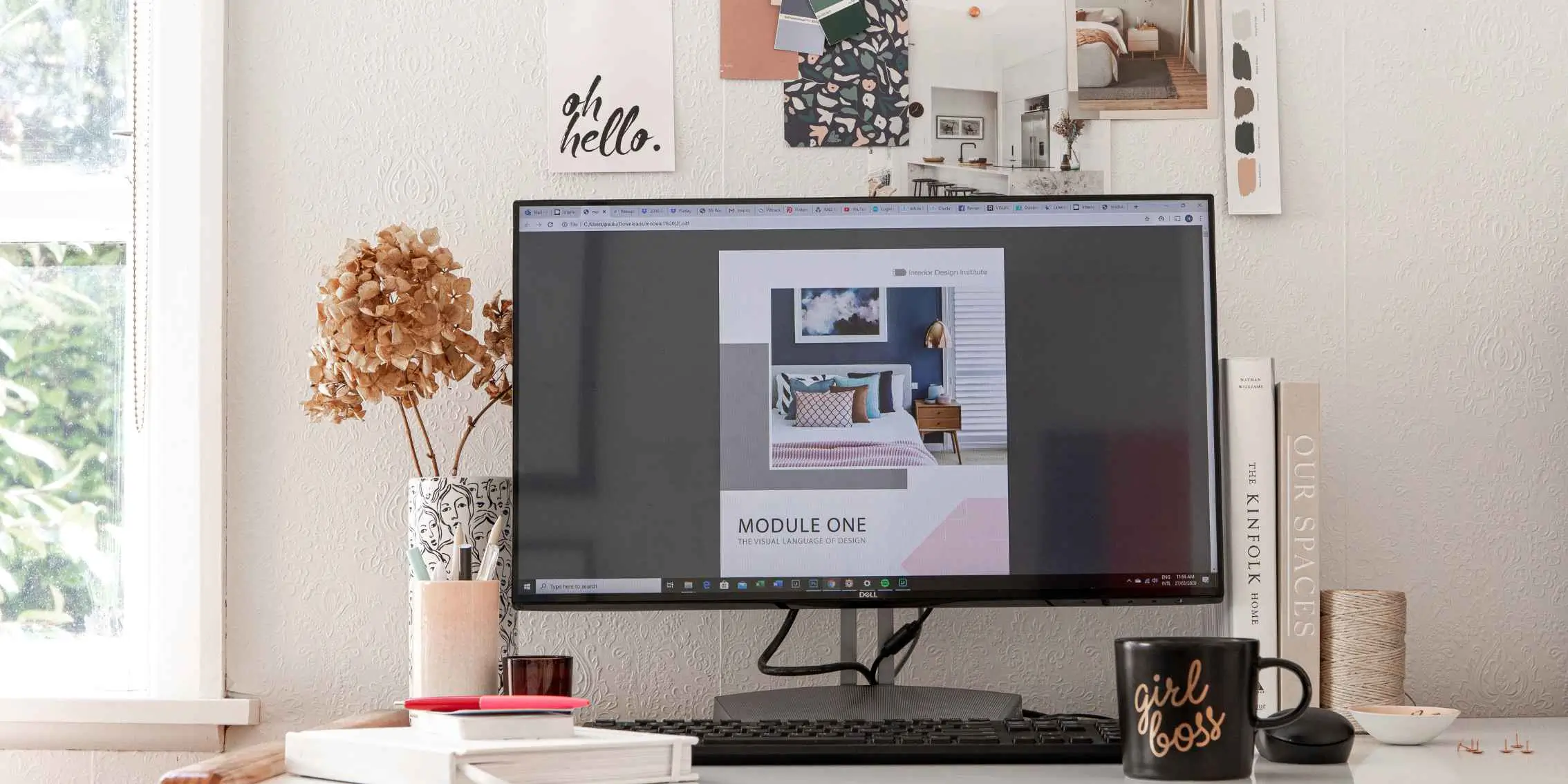 Image Source: Graduated #IDIstudent Nikki Astwood.
Image Source: Graduated #IDIstudent Nikki Astwood.